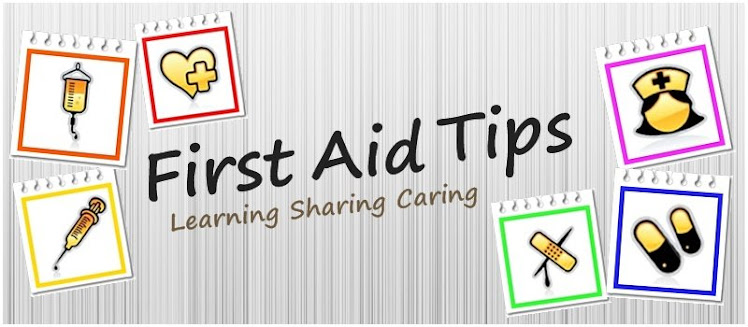SINUSITIS - an inflammation of the sinuses that is may be due to infection or allergies which commonly occur during cold season. The sinuses are cavities in the head lined with mucuos membranes. The functions of it includes humidification of the air inspired, lightening of the skull and absorption of shock to the face or skull.
SIGNS AND SYMPTOMS
- In adult, the key symptom is pain in the cheekbones and upper teeth, in the forehead over the eyebrows or around and behind the eye.
- In children, a chronic stuffy nose is a common symptom.
- If the sinuses are infected, fever may be present.
- sore throat or cough specially when post nasal drip occur.
- Sinus headaches may occur on rising and get worse in afternoon or when bending over
- Drink extra fluids to keep mucus thin.
- Breathe moist air from a humidifier, hot shower, or a sink filled with hot water.
- Take oral decongestnt as prescribed. However, avoid products containing antihistamines.
- Take acetaminophen or ibuprofen for headache.
- Check the back of your throat for postnasal drip, if the streaks of mucus appear, gargle with warm water to prevent sore throat
- Elevate your head at night
- Consult doctor if the condition worsens





